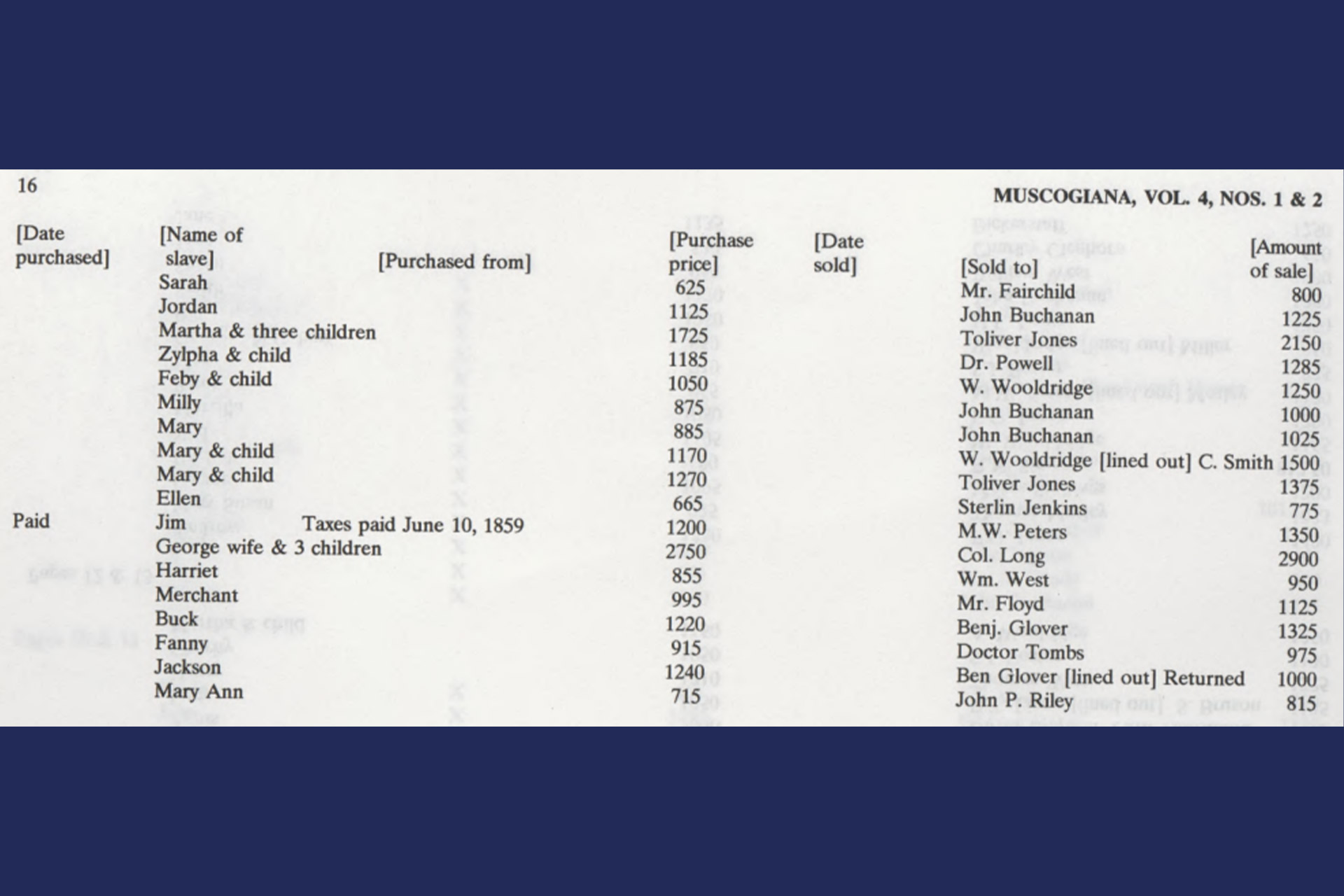
In the days leading up to 23 August, International Day for the Remembrance of the Slave Trade, we will post each part of a three-part series by Melissa Jeannot. This blog series explores the complexities of the slave trade in Columbus, Georgia.
In the second part, The Mirror, we looked at how slave traders mirrored the societal values of their time. In the final part of this series, on 23 August, Slavery Remembrance Day, we look through The Window...
Part 3 - The Window
When looking back to the era of chattel slavery in Georgia we can see how this group of slave traders used women and children to further advance their status, businesses and financial gain. The enslaved women that these men sold for their wombs and power of creation are the mothers of countless generations of Black women who are still oppressed and targeted in patriarchal America today.
The white women in these men’s families were also used to bear children to generate wealth and status in their name. In no way are these two groups of women’s lives comparable, especially as most wives of slave owning men also greatly benefited from the labour and profits these enslaved women provided them. But I do want to show the ways in which these men always sought to use women and women’s bodies to perpetuate the success of the slave trade and all its related business.
Preserving the past
I would like to note that it is because of family status and wealth that records and documents belonging to the McGehee family have had the privilege of being preserved. It was A. C. McGehee’s granddaughter Mrs. Lenora Woodall Nilam who donated the Hatcher & McGehee slave register to the Columbus State University Archives, which provides us a small window to the lives of slaves bought and sold by Hatcher & McGehee in 1858-1860.
Reflection
It is through contributions like these by women that we have gained more knowledge about the slave trade in Columbus, Georgia. With this information, we can learn more about the lives of slaves in Columbus, who desperately deserve to be remembered and their family lineages restored.
We hope you enjoyed reading this blog series, culminating on Slavery Rememberence Day 2024. Melissa Jeannot, the author of the series is pictured below:

Read the first part of the series, The Market.
Read the second part of the series, The Mirror.
The first featured image is Hatcher McGehee record of sales of enslaved people.